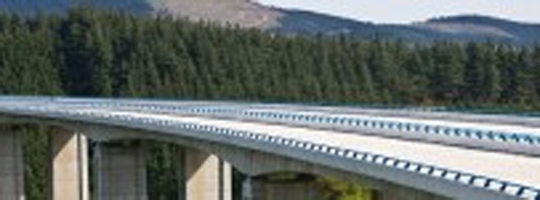
Peru is the seventh-largest economy in Latin America, with GDP of over 206 billion dollars and annual growth of more than 5%, according to data from the International Monetary Fund. The country has considerable natural resources (mining) and a strong tertiary sector (accounting for more than 50% of GDP, according to the Central Reserve Bank of Peru).
Its economy has become more competitive as a result of efficiency in the commodity markets and its sound financial market. Macroeconomic stability is one of the country’s greatest strengths. The challenge is to continue to advance in infrastructure.
To put this in perspective, we can look at the economic competitiveness index, drafted by the World Economic Forum every two years. Overall, Peru ranks 61st in that index (out of 148); however, it ranks 101st in the infrastructure category.
Infrastructure development in a country like Peru involves significant engineering challenges, as the terrain is abrupt, divided by the Andes Mountains and split into three very different regions: coast, mountain and jungle. To make progress in this area, the Peruvian government is driving the development of public-private partnerships. This has given rise to numerous concessions, organised through Proinversión, the Private Investment Promotion Agency. A total of 37 projects are due to be launched in 2014-2015, worth over 5 billion dollars. Under this framework, Peru aims to develop its road and railway network, ports and airports, and mining infrastructure.
There are also opportunities in tourism, which has increased by around 10% in the last decade. Another factor that contributes to new project development is Peru’s hosting of major events, such as the Asia-Pacific Economic Cooperation (APEC) Forum and the Pan American Games in Lima, in 2019.





There are no comments yet